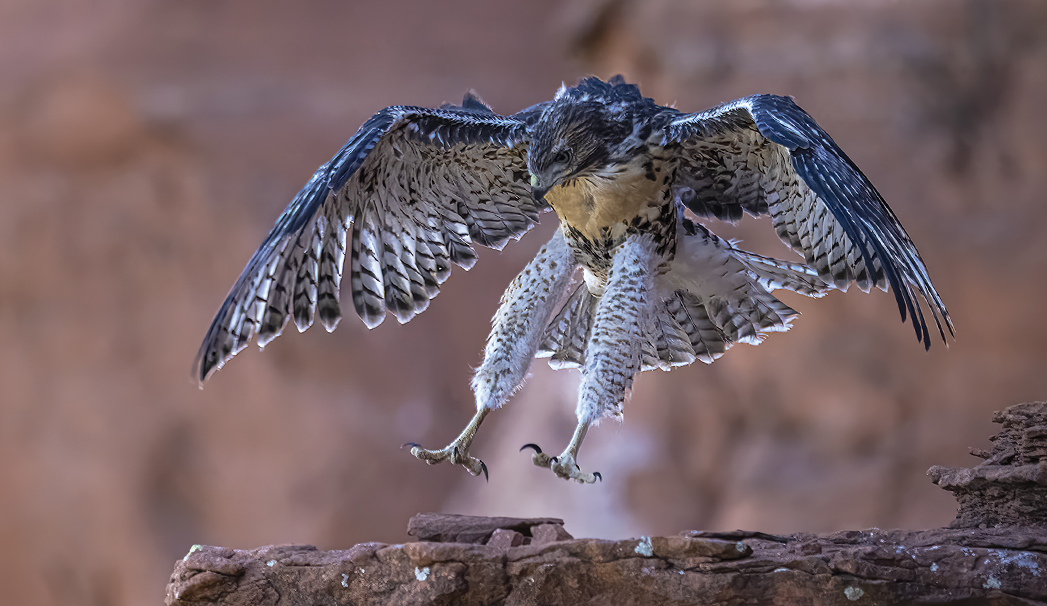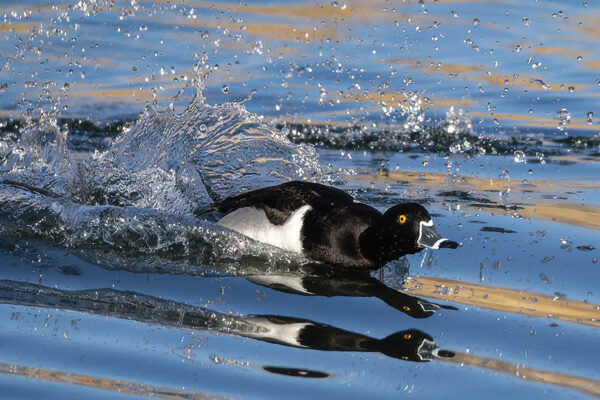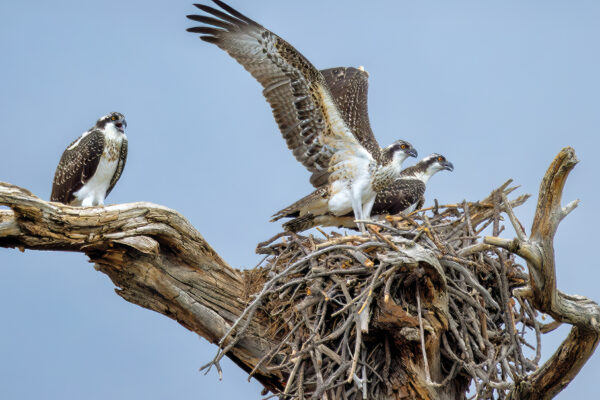Fitness for wild creatures is totally different than for humans and domesticated animals. Humans have developed and delegated skill sets needed for survival where we do not have to be in good shape to survive. Food, security, clothing and shelter are there for us. We can buy what we need. Neither we or our domesticated animals must be physically fit in order to live.
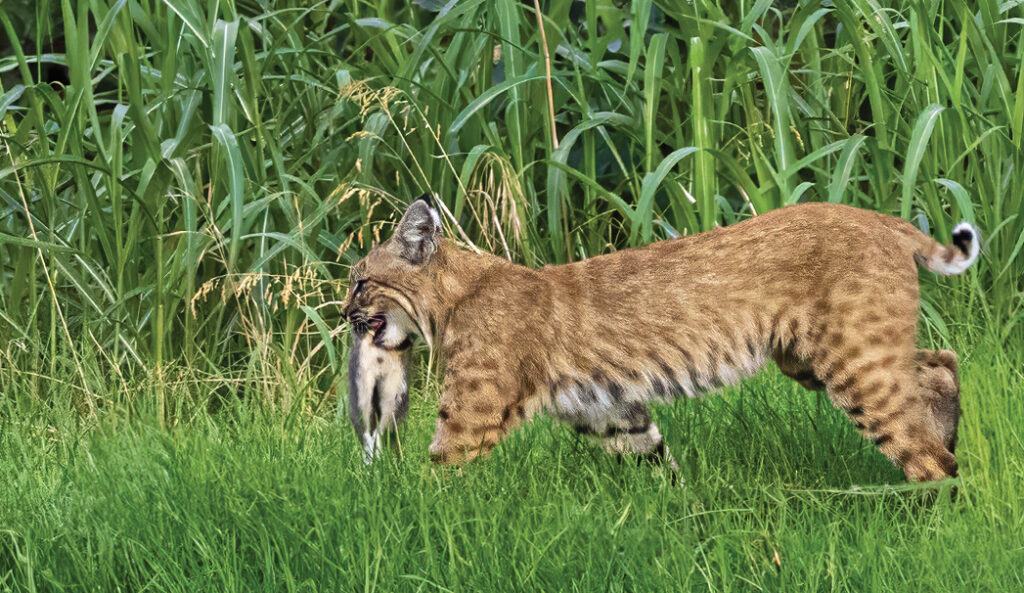
Photo 1
Wildlife, of course, have to provide for themselves and must search for and acquire food and shelter. Every creature in nature is dependent on obtaining sufficient food to live and thrive. They can only accomplish this objective if they are healthy and well-nourished so that their bodies are fit for the daily search and hunt. This daily quest is what keeps them physically fit. Their success at finding food sources keeps them healthy, and they work at it every day.

Photo 2
Frequently apex predators will steal food caught by another creature. Eagles will steal fish from Ospreys or other predators, and it is the wise raptor who simply drops the fish for the eagle, lest it become food too. It happens! It is not just finding and obtaining food, it is also being able to keep it once secured.
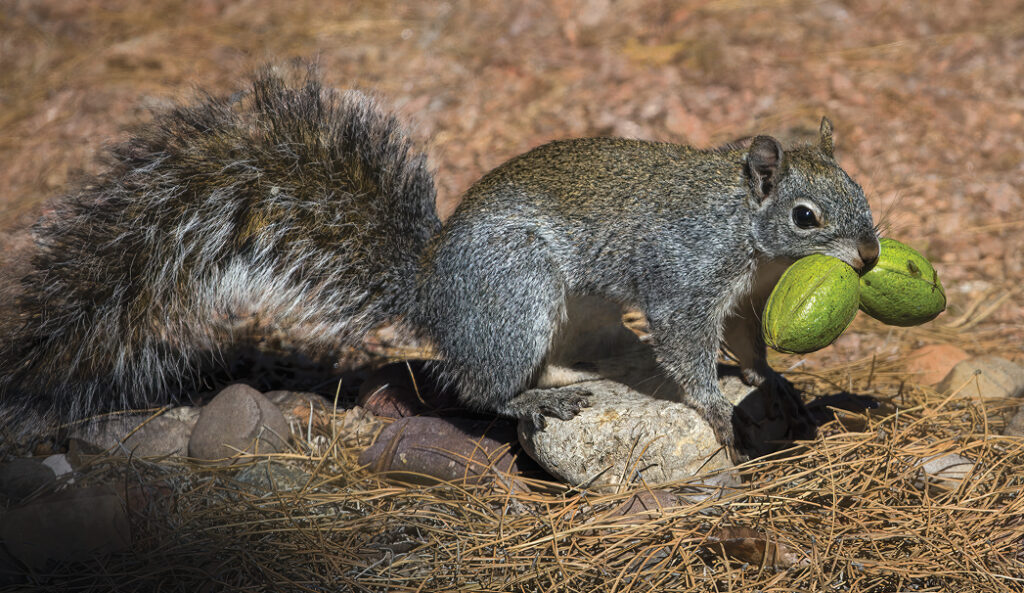
Photo 3
Check the photos out. All are lean and physically fit predators. Photo 1 shows a Bobcat after a successful hunt. He will enjoy his meal of fresh rabbit; Photo 2 is of a Great Blue Heron making incredible aerial maneuvers to obtain the fish that is on the surface of the water just below and to the right of him; Photo 3 is of a squirrel with a huge appetite and laying in provisions.
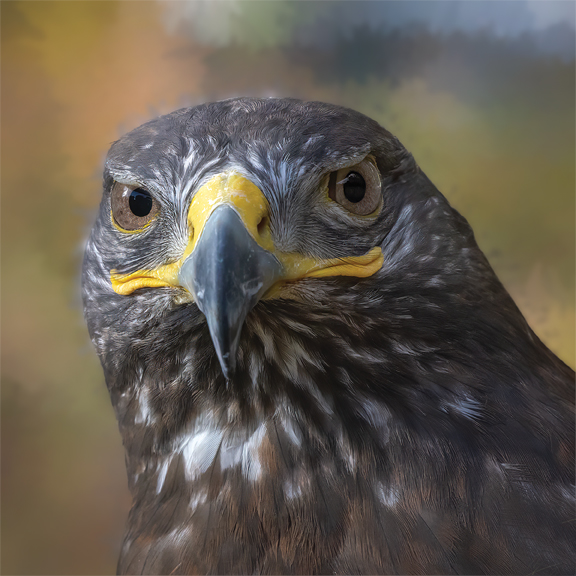
Photo 4
Photo 4 is a portrait of a dark morph Ferruginous Hawk, the largest hawk in North America. Check out that beak!; Photo 5 shows a Great Blue Heron taking a rainbow trout at Sedona Rainbow Trout Farm in Oak Creek Canyon.
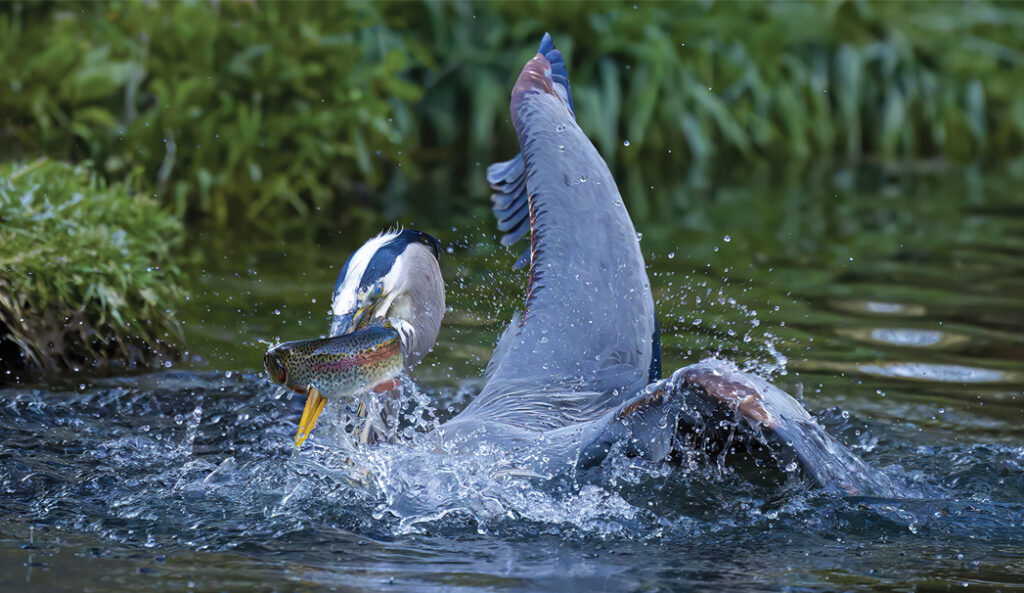
Photo 5
Photo 6 shows a fledgling Red Tail Hawk making his first landing after taking off from the nest in the cliff above him. The parents will help feed him until he gets the strength and flying skills necessary to get his own prey.
![]()

